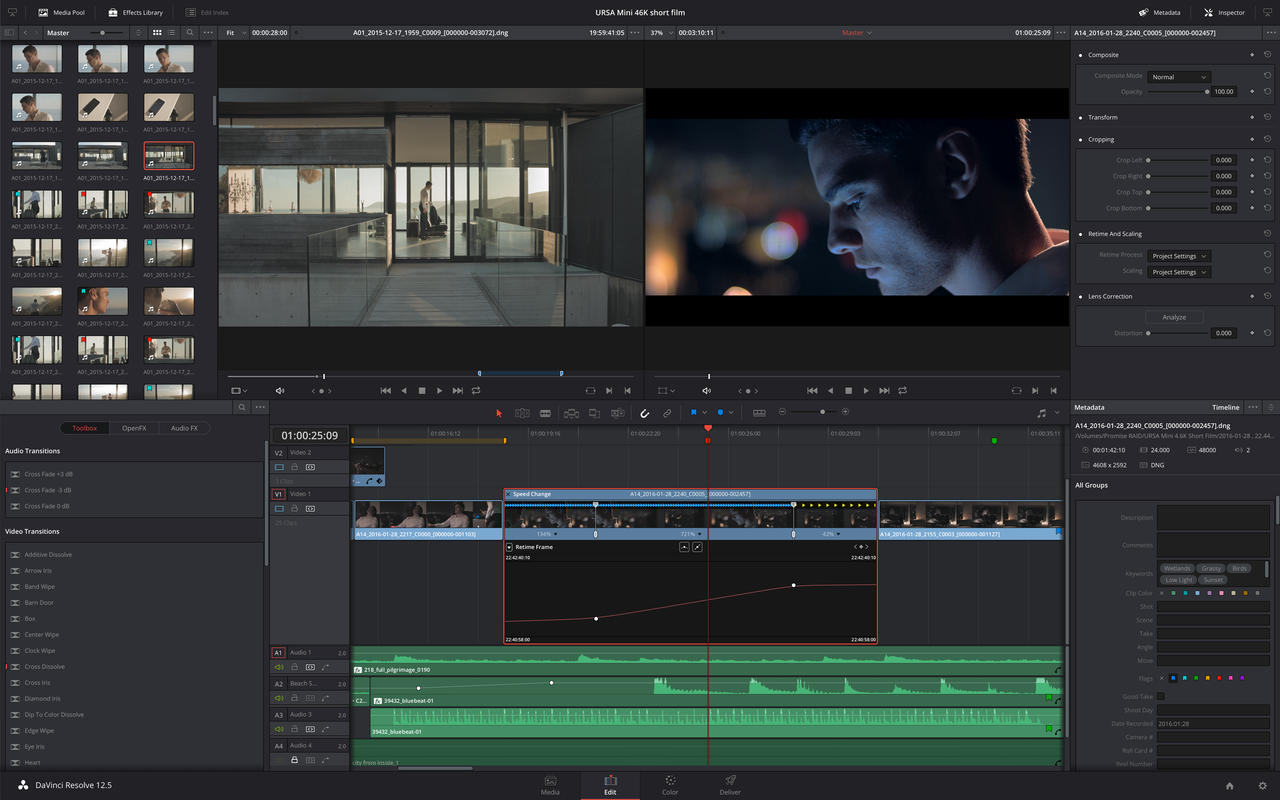


You can store your most-used and most-loved LUTs all in one place, a collection of Powergrades that you'll be able to pull from at any time in a moment of need. Not only do Powergrades make collaborating with others in Resolve much simpler and easier-they make sharing a painstakingly-perfected look with yourself easy, as well. This is huge instead of continuing to grade from zero, as you would be with a normal LUT, all of the parameters that were originally utilized are still in place, just as you left them before exporting the Powergrade. This opens your platforms file explorer at the location that stores LUTs for Resolve. In the Lookup Table section, select Open Lut Folder. Open File > Project Settings and go to the Color Management panel. When you apply a Powergrade, you'll be able to adjust the entire chain of correctors-it's just like modifying the look immediately after crafting it firsthand, on the original clip and in the original project. To do this: Create an empty project in Resolve. Where Powergrades transcend an ordinary LUT, however, is in their enhanced compatibility with Resolve. These DRX files are known as Powergrades within the Blackmagic canon. STEP 1 - Open Davinci Resolve on your PC or MAC Step 2 - Open Existing Project or Create New One STEP 3 - Navigate to Project Settings STEP 4 - Navigate to Color Management and Select Open LUT folder That’s it Whether you are working on the Mac or PC it will open folder containing all the LUT’s. But what exactly is a Powergrade? Where do Powergrades come into play, and how do the two differ?Īfter creating a look and exporting a Still, you'll be left with two files in the destination folder that you chose: a PNG, JPEG, or so on of the Still image itself, and a sidecar DRX file. We've covered Stills in DaVinci Resolve before.


 0 kommentar(er)
0 kommentar(er)
